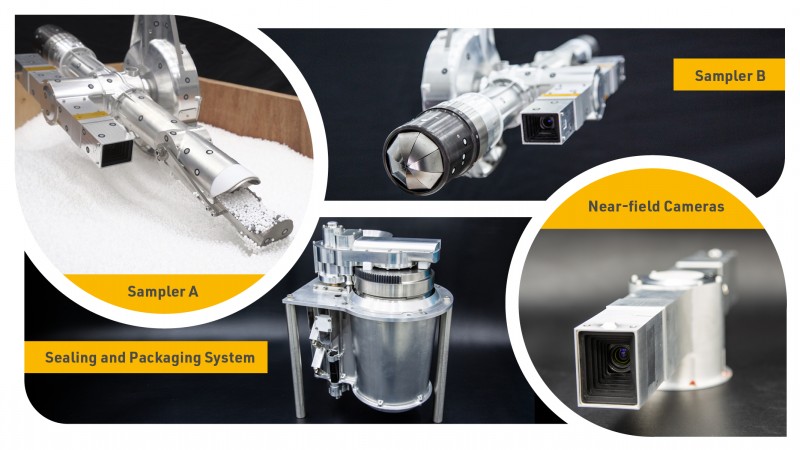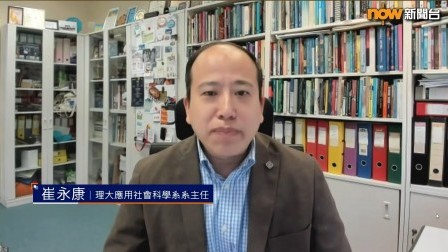Blasting off to new frontiers: PolyU’s role in Chang’e-6 lunar mission
On 3 May, the Chang'e-6 probe, carrying PolyU-developed "Surface Sampling and Packing System", was launched successfully from China's Wenchang Space Launch Site. This mission marks the first-ever attempt in human history to collect soil samples from the far side of the moon, with an expected duration of 53 days before returning the samples to Earth.
Ir Professor Yung Kai-leung, Sir Sze-yuen Chung Professor in Precision Engineering, Director of the Research Centre for Deep Space Explorations, Chair Professor of Precision Engineering and Associate Head of the Department of Industrial and Systems Engineering, had the privilege of witnessing the launch.
Innovative engineering: making of the Lunar Surface Sampling and Packing System
The "Lunar Surface Sampling and Packing System" was developed in collaboration with the China Academy of Space Technology. Unlike previous methods adopted by other countries involving drilling or manual excavation, this system designed as fully automated multi-point lunar surface sampling and with a packaging mechanism.
The PolyU-designed system includes two samplers for collecting loose and sticky lunar soil, along with two high-temperature near-field cameras to capture samples from multiple points on the lunar surface. The automatic vision guidance ensures accurate sampling, deposition, and placement into the ascender. Additionally, a primary sealing and packaging system, consisting of a sample container and sealing mechanism, is employed.

The PolyU-designed system includes two samplers, two high-temperature near-field cameras, and a sealing and packaging system.
Sealing the deal: the sample’s journey from Moon to Earth
The sampling process begins with the near-field cameras guiding the sampling and deposition of samples into the sample container. Once the sampling is complete, the sealing and packaging device securely seals the container. The sampler, guided by the near-field cameras, then inserts the sealed container into the ascender for transportation back to Earth.
The challenges of sampling on the lunar far side are greater this time, as direct observation from Earth is difficult. The probe relies on the relay satellite "Queqiao" for communication and the sampling timeframe is restricted. Therefore, further improvements have been made to the system to address these challenges.
Following the success of the Chang'e-4 mission, Chang'e-6 is set to become the second probe to land on the far side of the moon, and the first to return samples from that area.
PolyU’s pioneering spirit: advancing space exploration and research
As the only tertiary institution in Hong Kong to participate in various national space missions, PolyU has played a pivotal role in our country’s milestone space initiatives, including the first lunar sample return mission Chang’e-5 and the first Mars exploration project Tianwen-1. PolyU is honoured to have contributed to our Nation’s triumphs in space missions and will remain dedicated to research excellence, technological advancements, and talent development.
We extend our best wishes for the success of the Chang'e-6 mission as it pushes the boundaries of human exploration and expands our knowledge of the moon and beyond.
To learn more, please visit:
TVB (01:09 - 02:00)
Now TV






